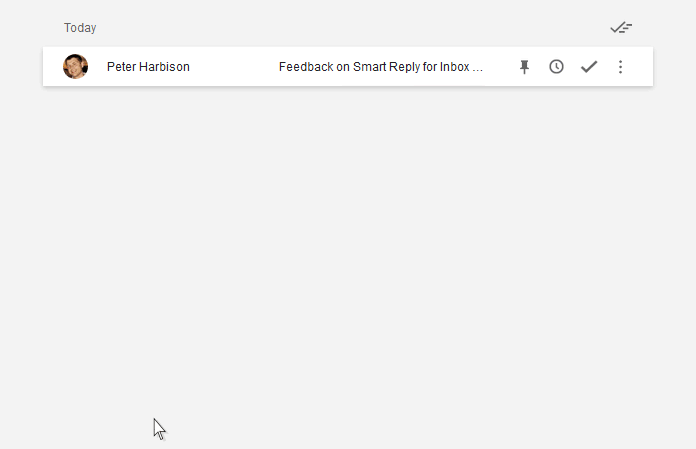Skype launched Skype for Web last summer enabling users to use the service from their browser without downloading an app. This was good news for Chromebook users.
On Monday, Microsoft announced several new features for Skype for Web including the ability to call mobile phones and landlines directly from Skype (with low rates), YouTube video viewing without leaving Skype, adding new people to a conversation (even if they’re not on Skype), and notifications.
“We’ve updated Skype for Web so you can now save money on your phone calls to mobile phones and landlines,” the company says. “All you need is a little Skype credit or a subscription to start making affordable international calls from Skype. Once you’ve signed in to Skype for Web, simply click on the call phones tab, select your destination, dial the number you’d like to call and then hit the call button.”

“We’ve recently improved the way URLs show up in Skype for Web that now include an image from the webpage,” it adds. “Additionally, if someone posts a YouTube video link in Skype for Web, you’ll be able to watch it directly in Skype. You get all the same volume and full-screen controls you have in YouTube, but you won’t have to open a new browser window to watch the video—it’ll instantly play directly in Skype.”

The new way to add people to a Skype chat was launched for Skype for Windows recently, and is now part of Skype for Web. Add people by pressing +New and “Share Conversation”. This will give you a unique conversation URL that you can share how you like. Anyone that clicks the RUL can join the chat.
Finally, you can get notifications for IMs, calls, or pictures sent to you if you’re signed in, regardless of if you’re in the same browser tab.
While these four improvements alone are a big deal for this version of Skype, the company is promising additional features in the weeks and months ahead.
Images via Skype







